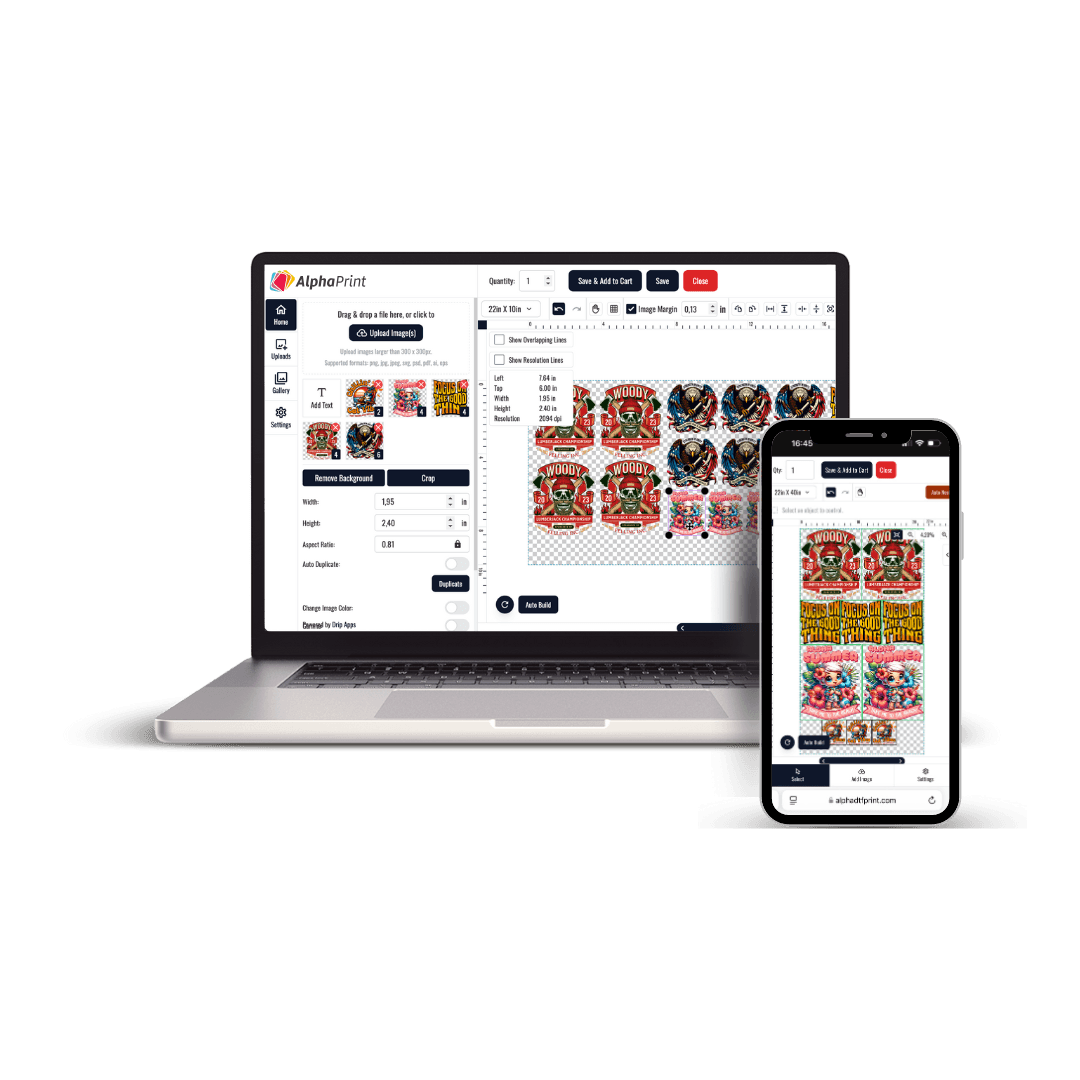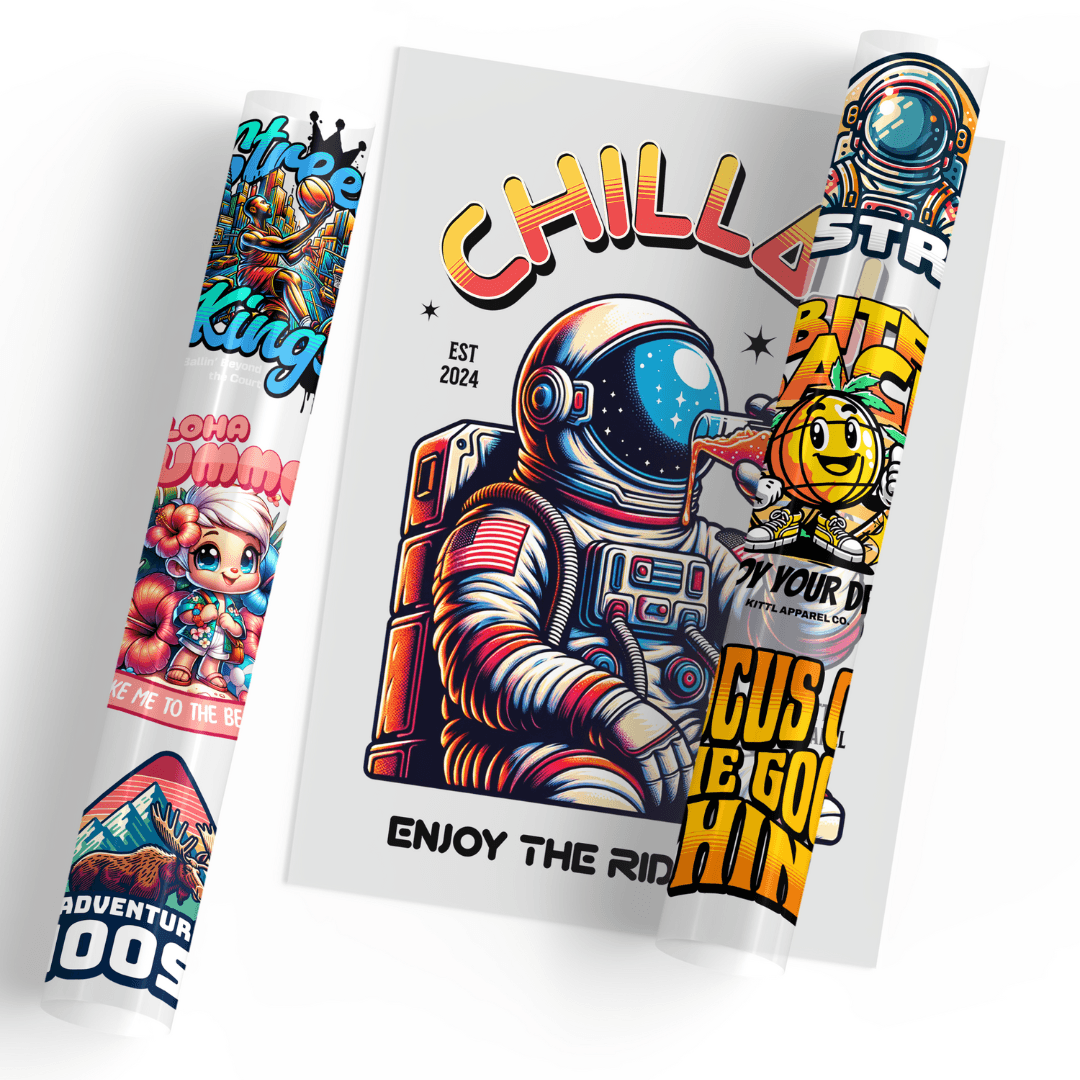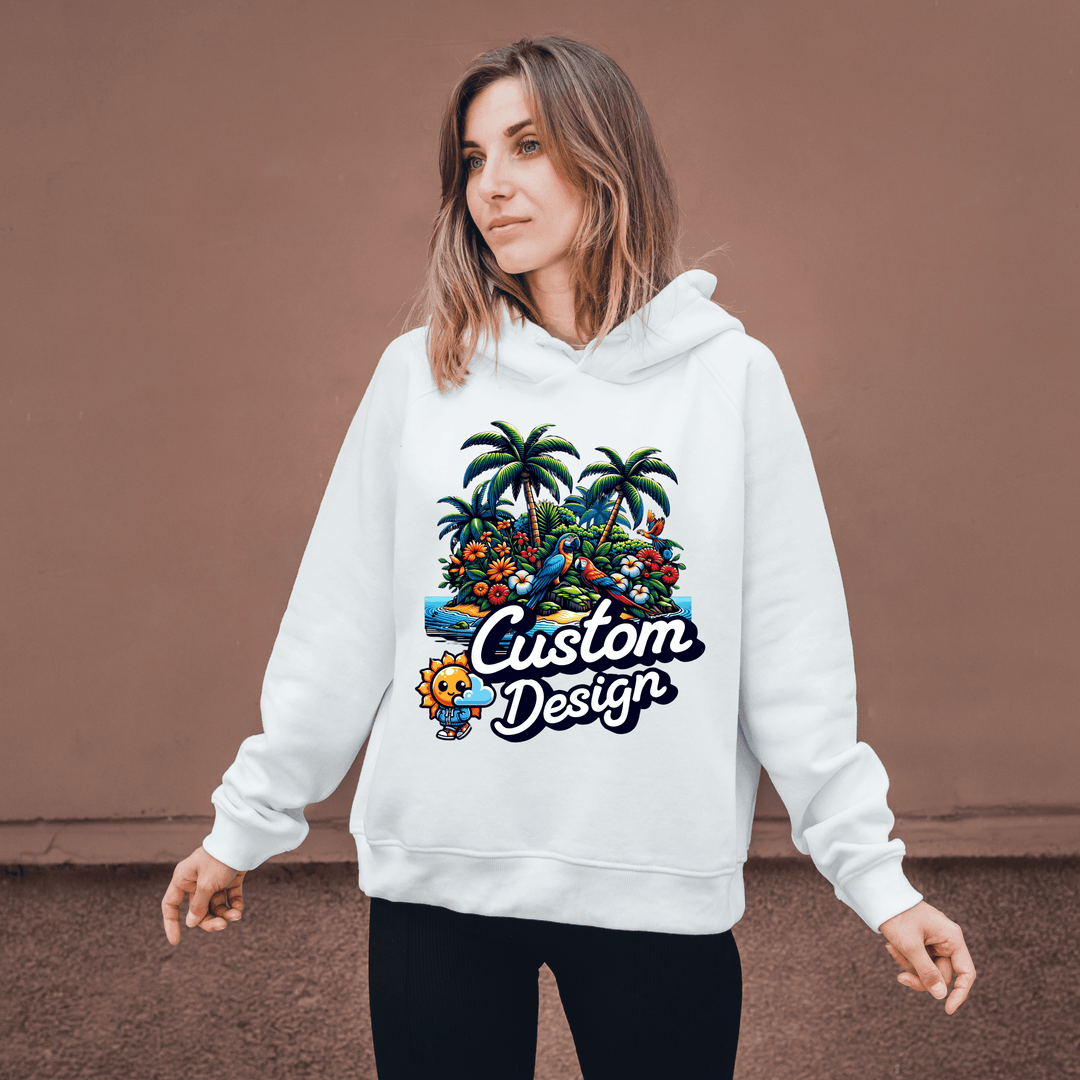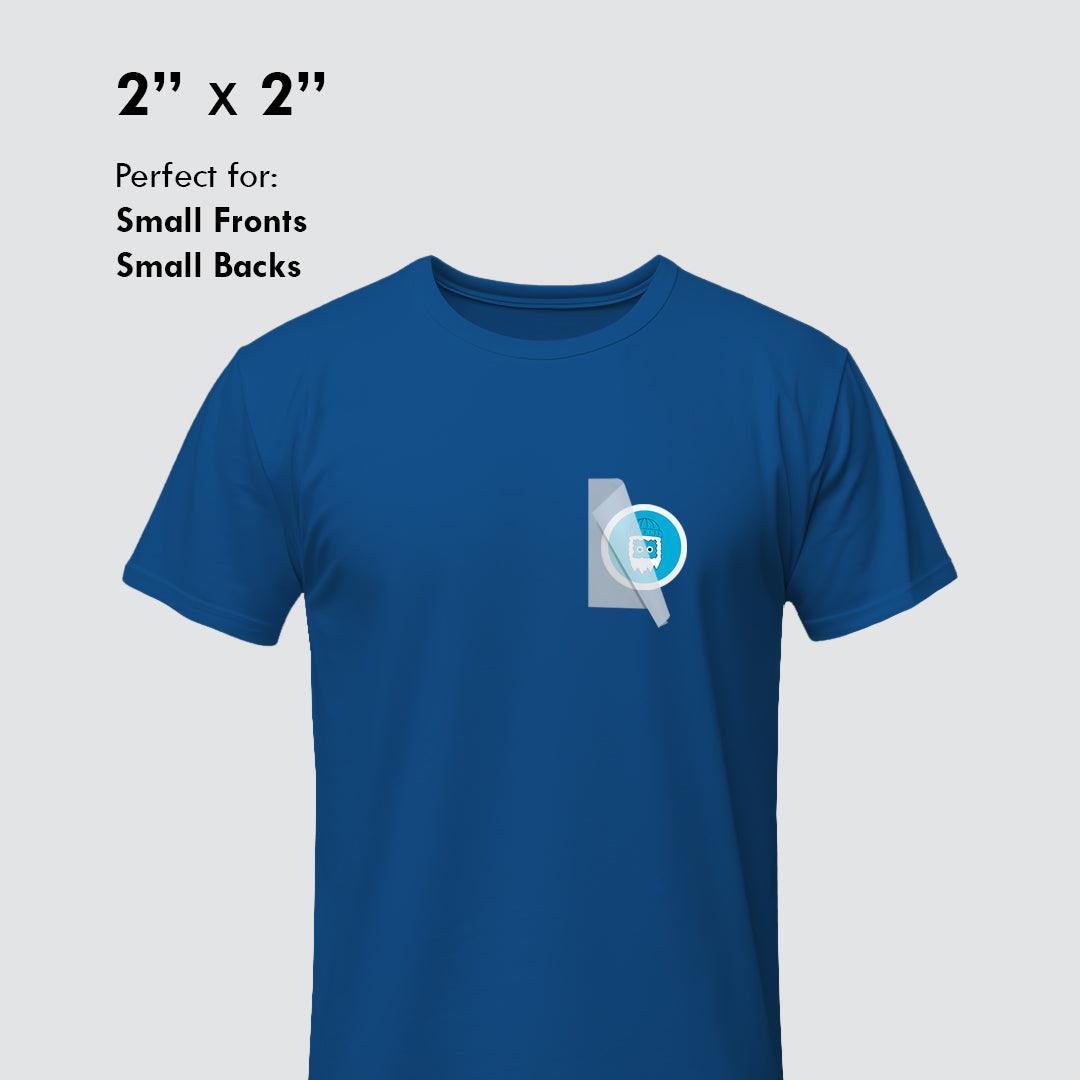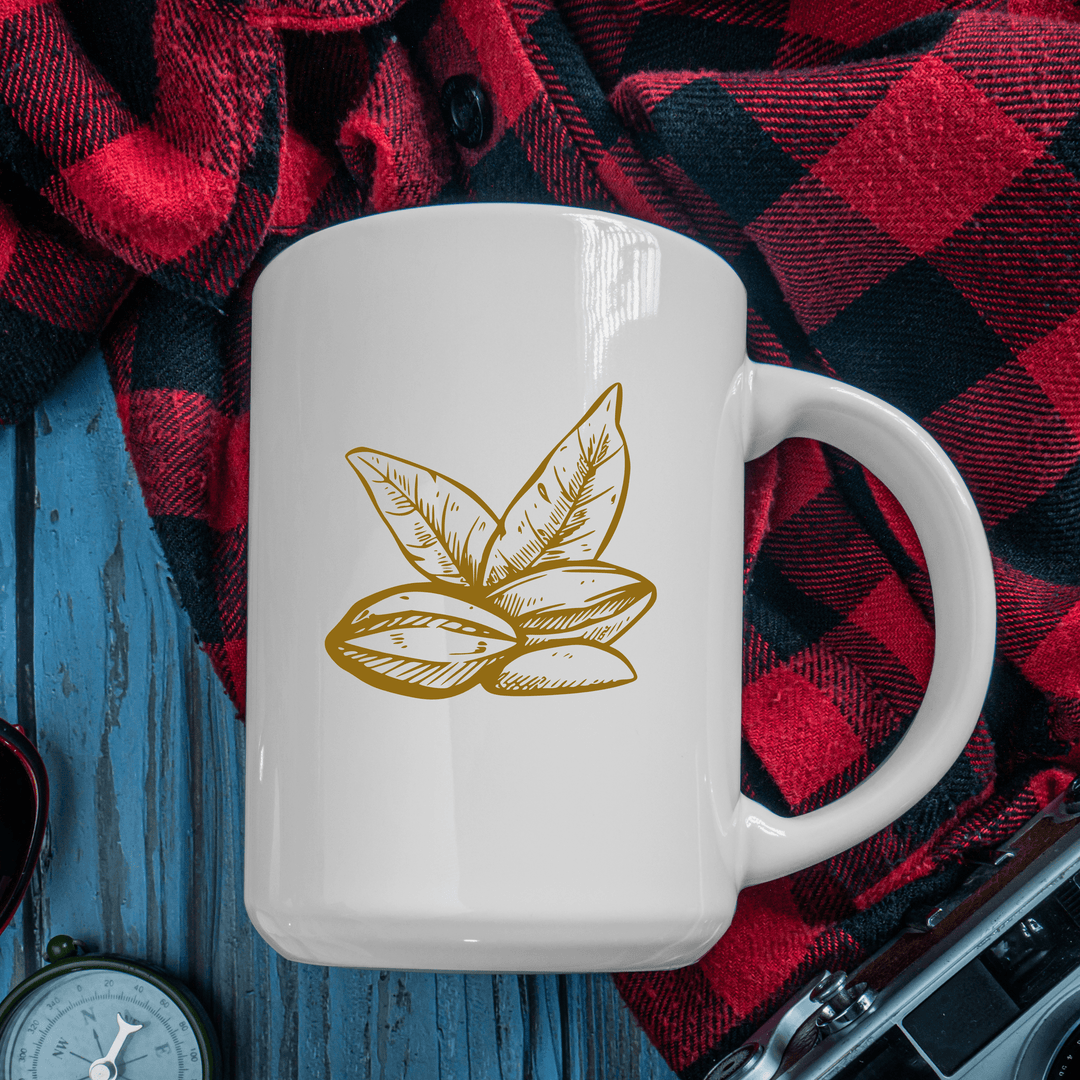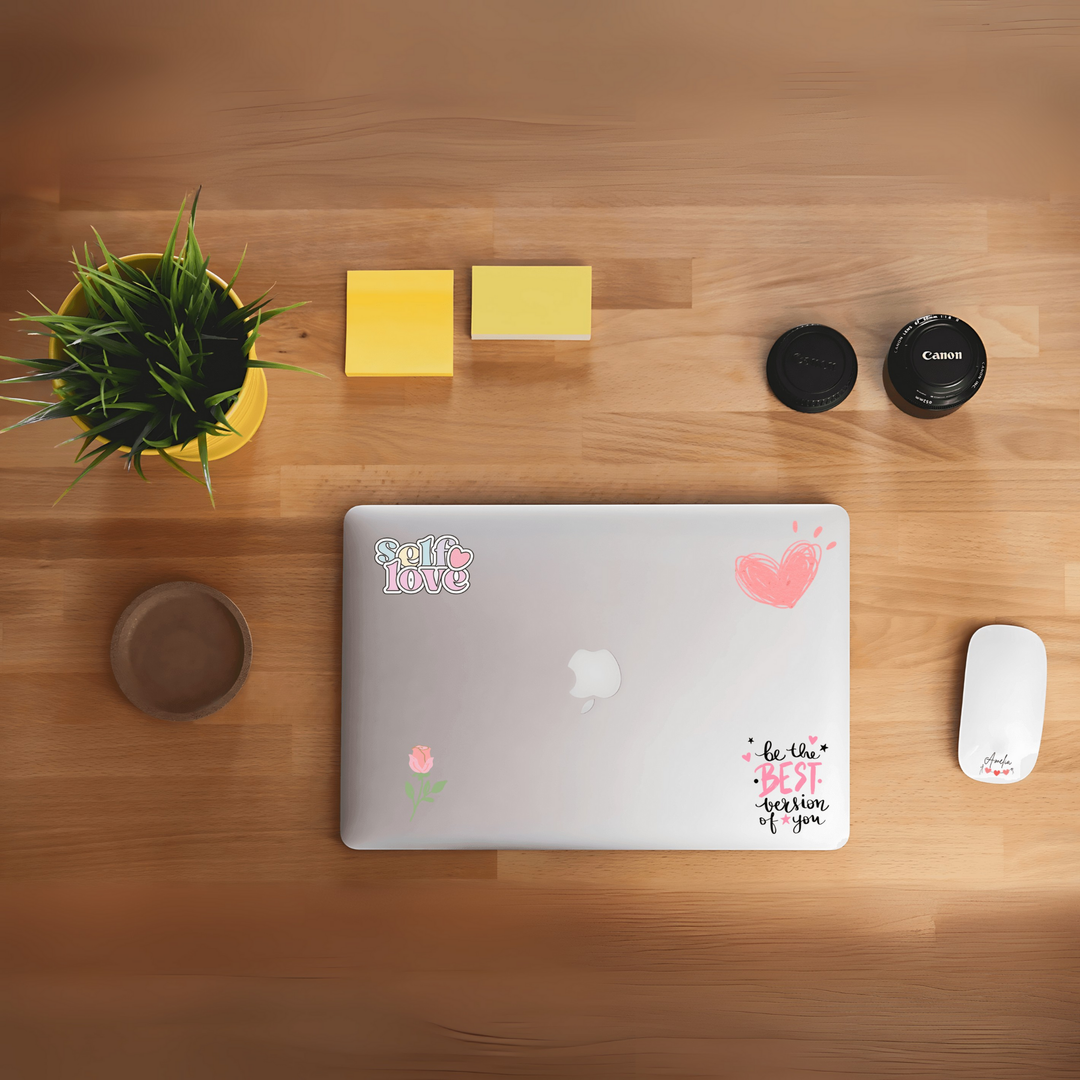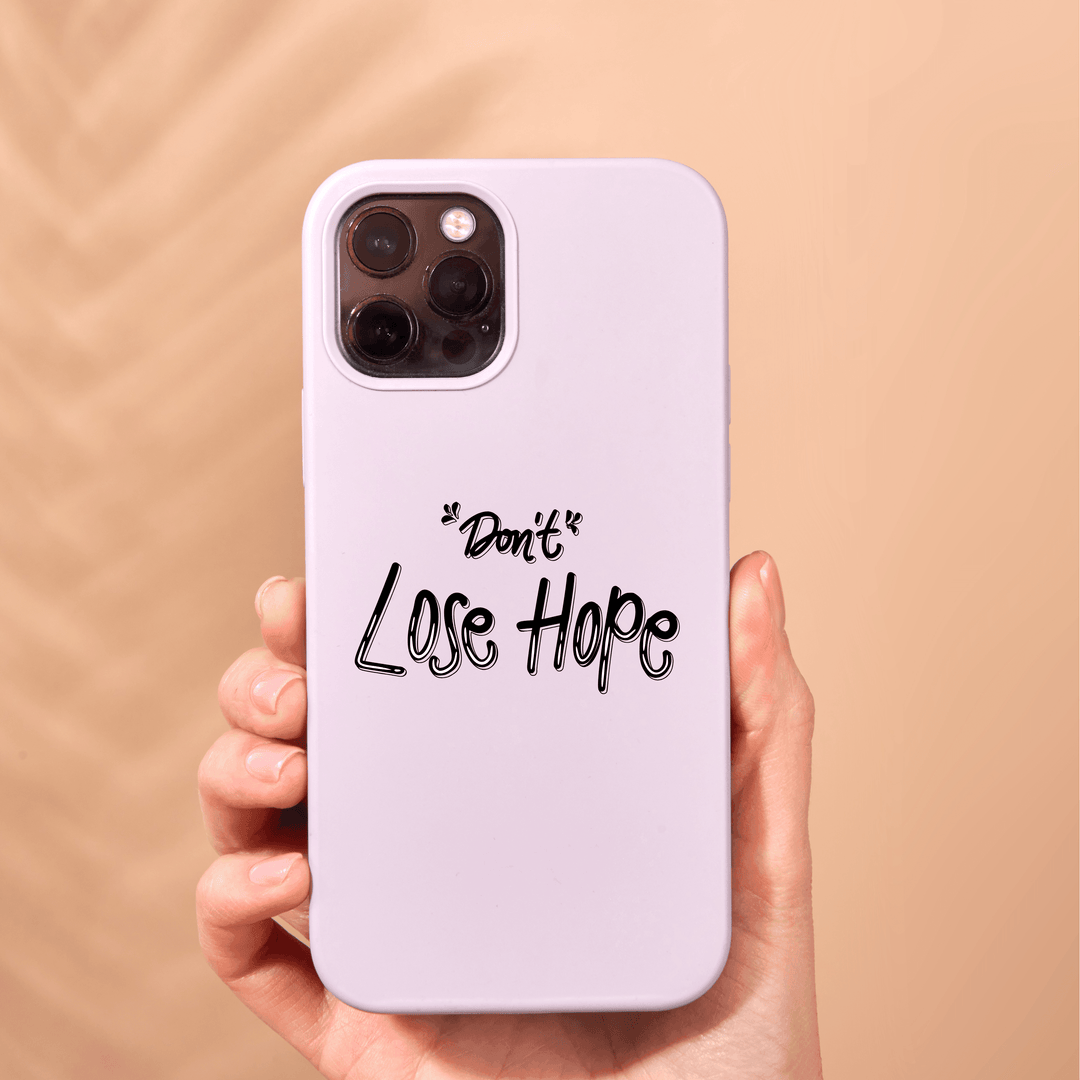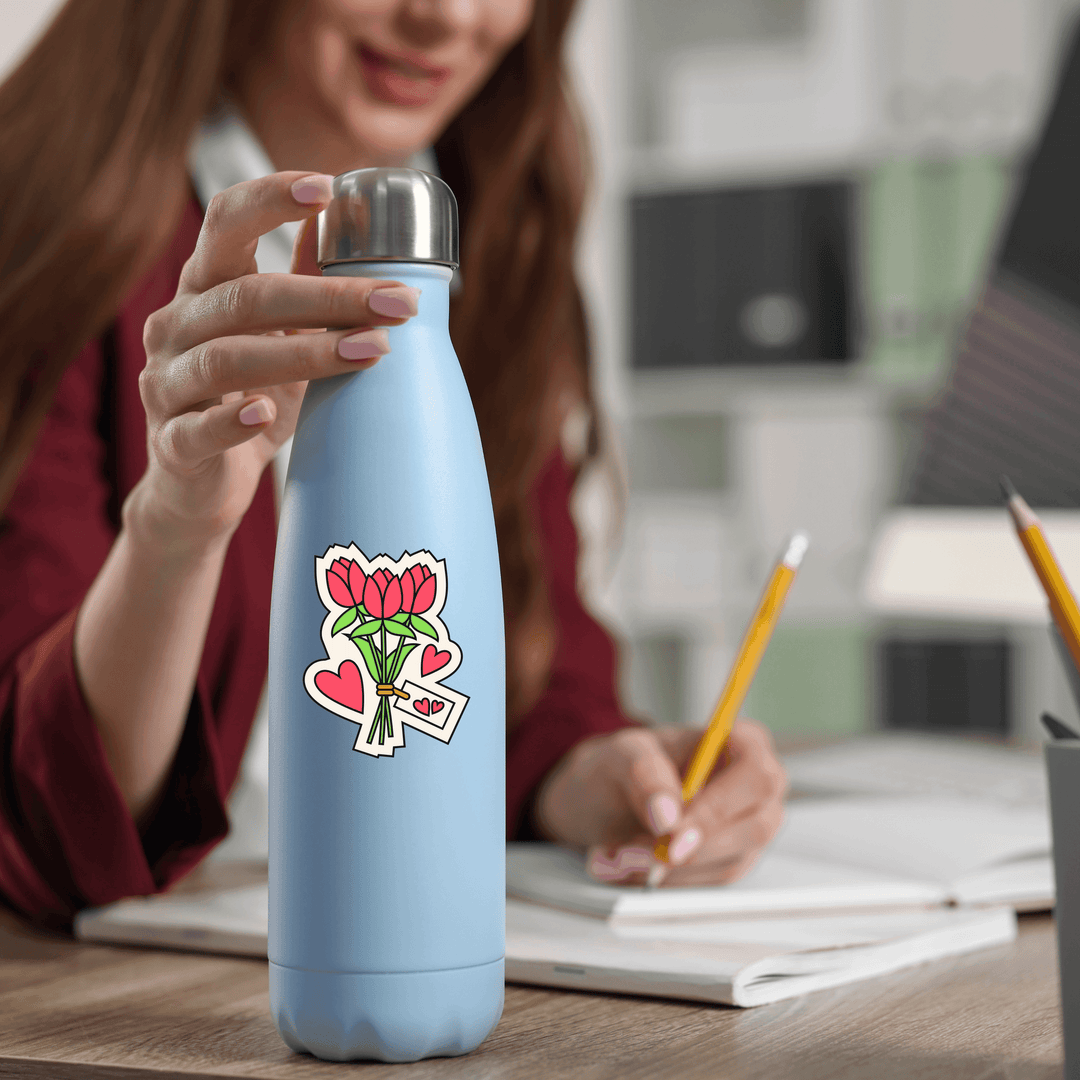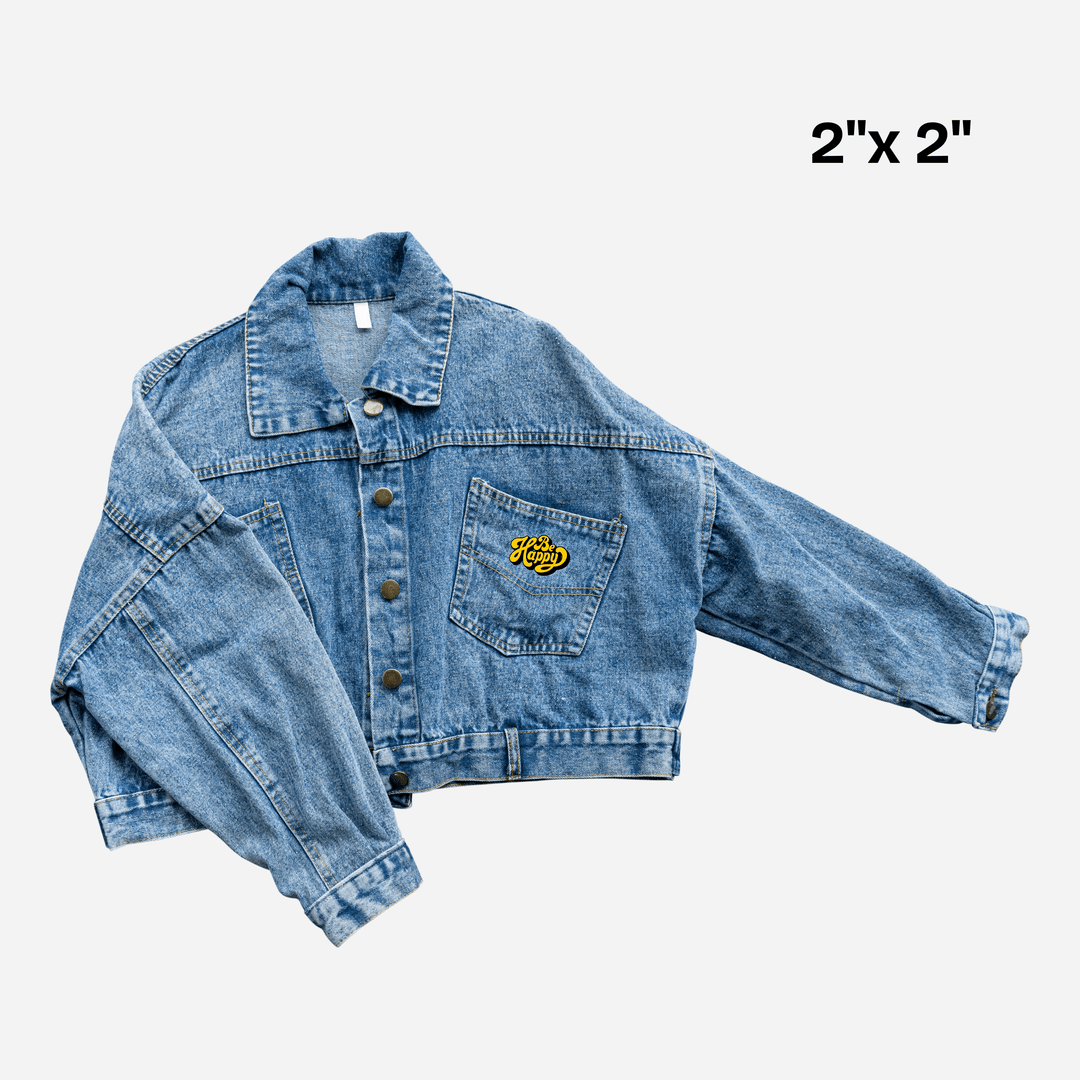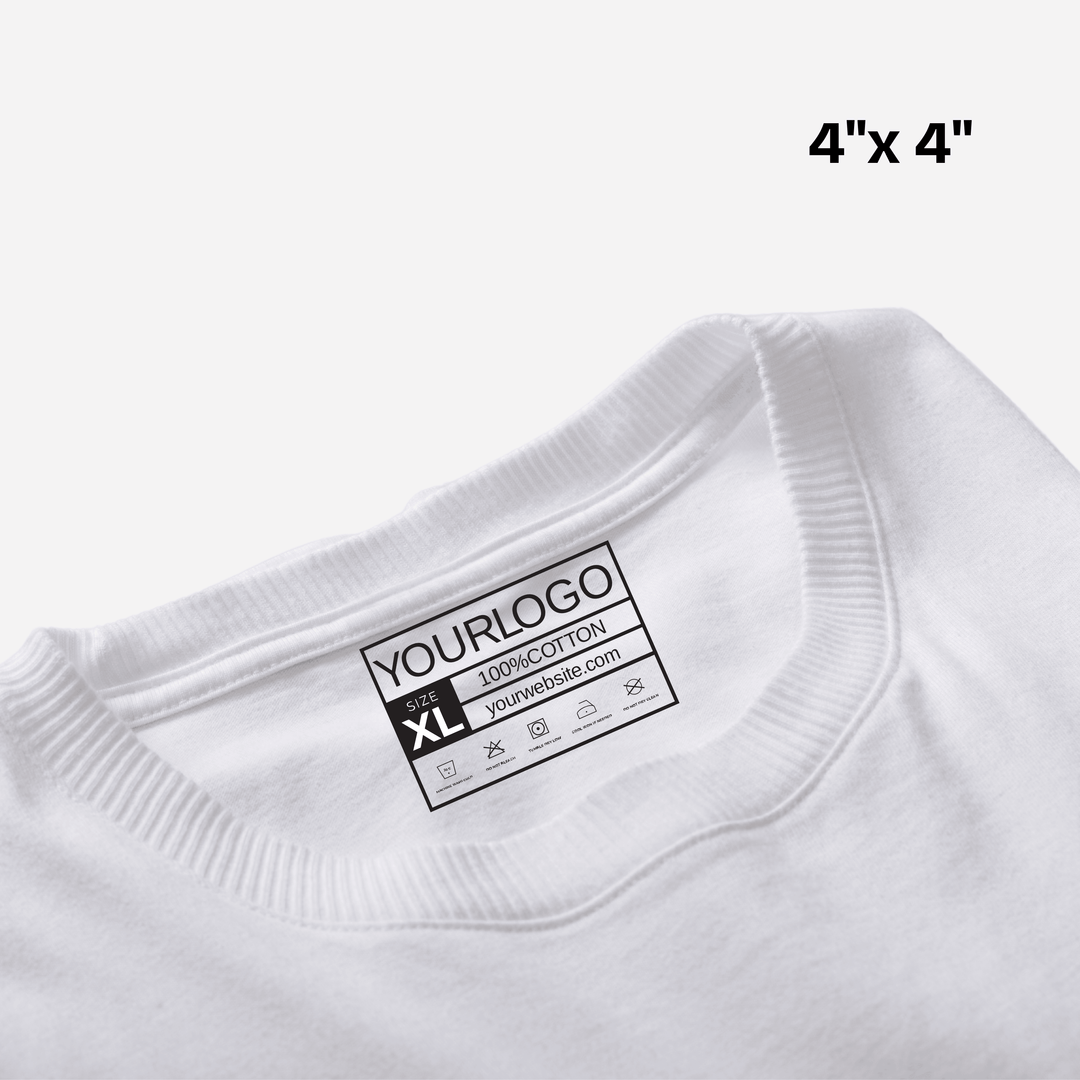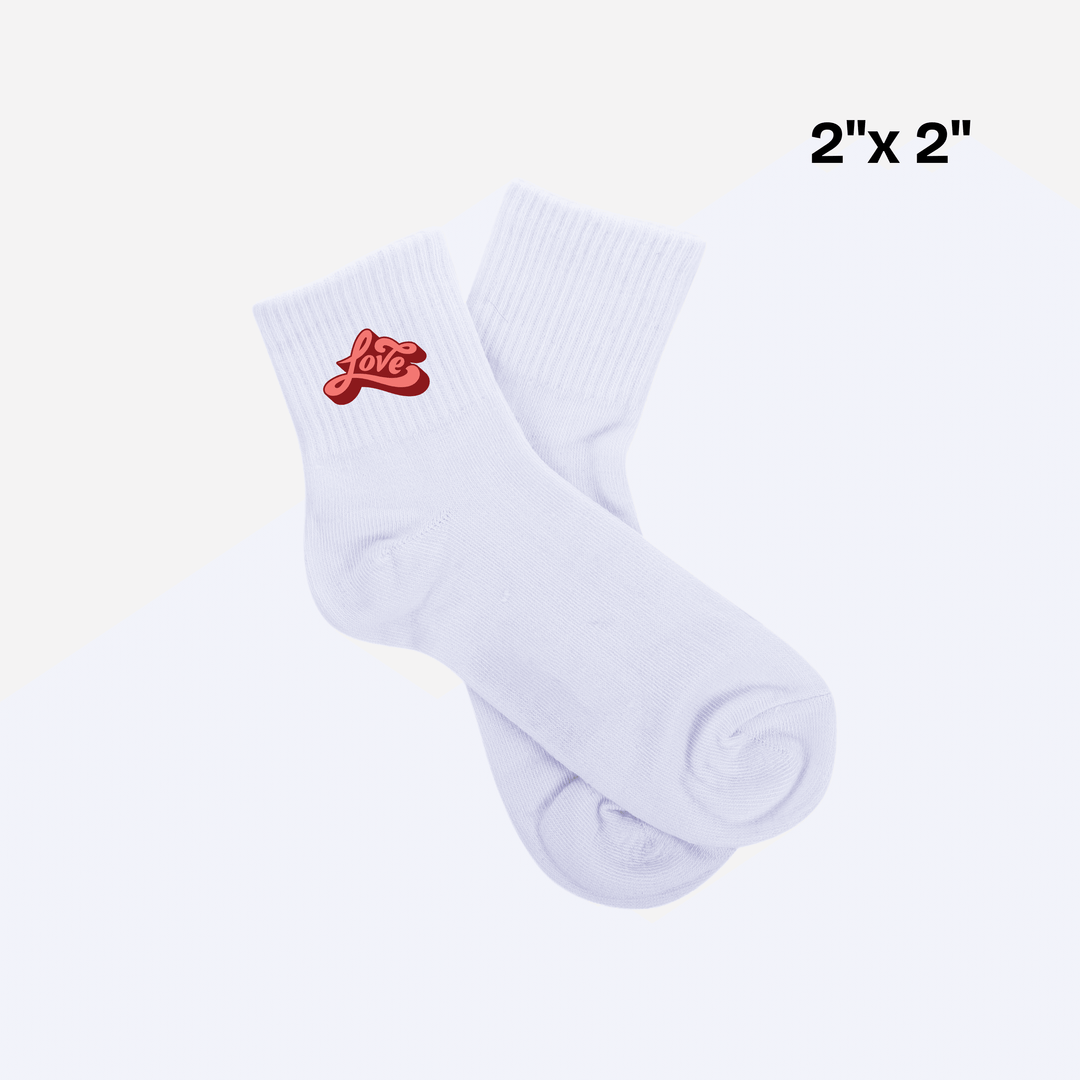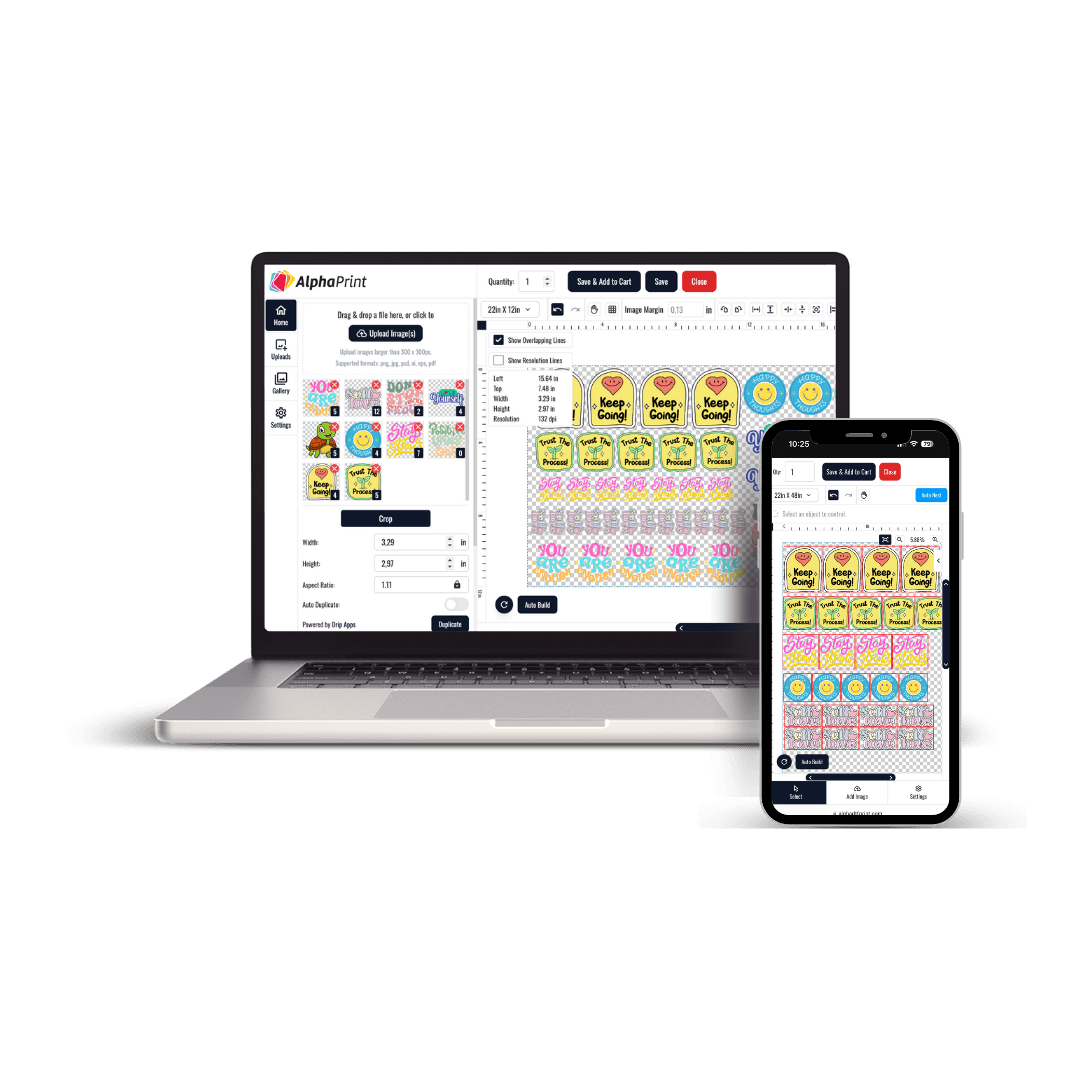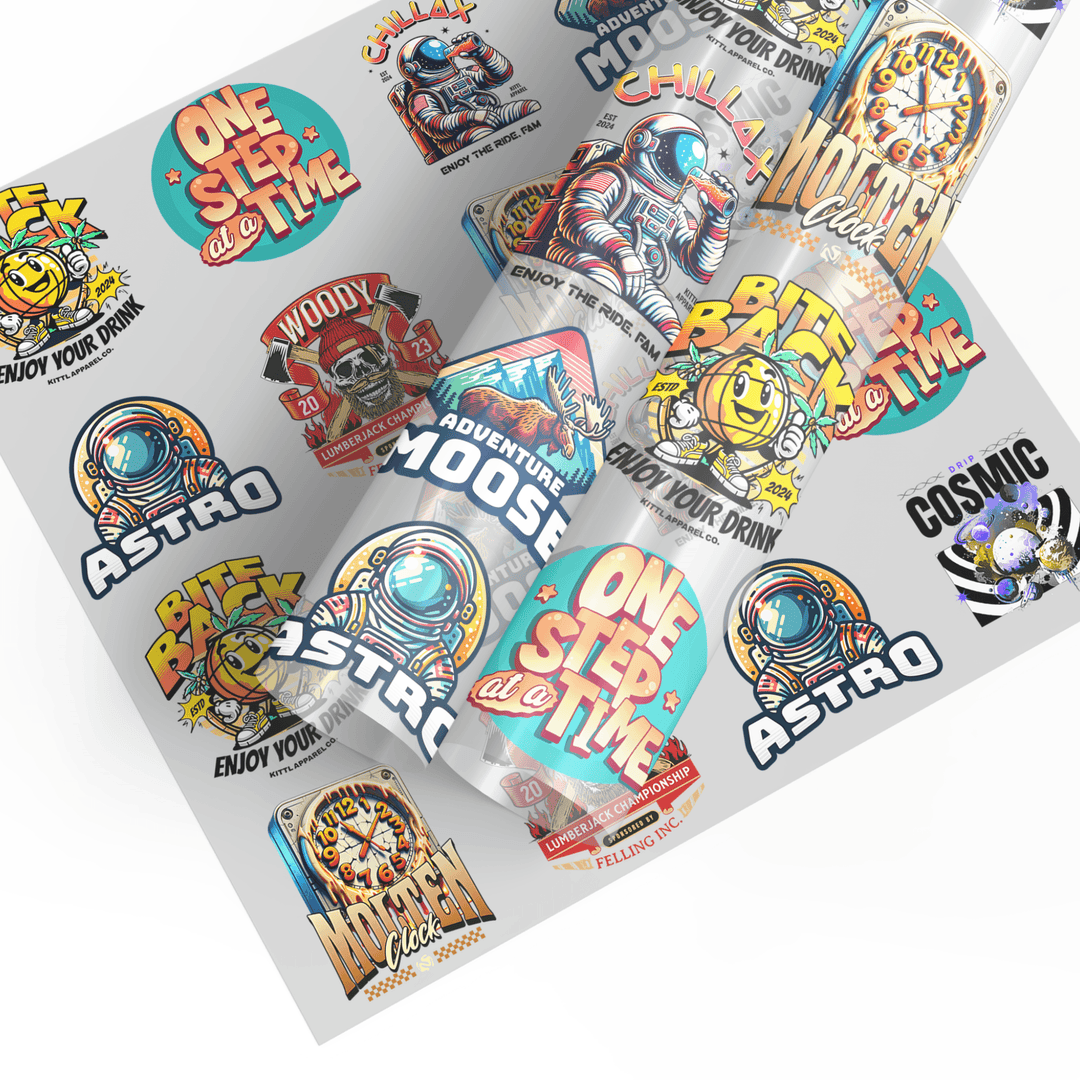Direct to Film Transfer – High-Quality Printing for Any Material
Discover the power of Direct to Film Transfer (DTF) technology, a revolutionary printing method designed to produce vibrant, durable prints on various surfaces. DTF allows you to bring custom designs to life on fabrics, mugs, phone cases, and more with impressive color accuracy and longevity. Unlike other methods, DTF transfer prints don’t require extensive setup, making it ideal for both hobbyists and professional printers.
Why Choose DTF Transfer?
DTF Transfer is celebrated for its ease of use and versatility, allowing you to work on diverse materials without sacrificing quality. From t-shirts and hoodies to hard-to-print items like caps and bags, DTF makes high-quality printing accessible and efficient.
Key Benefits:
- Vivid Colors & Sharp Details: Produce eye-catching designs with stunning clarity.
- Durable & Wash-Resistant: DTF transfers are long-lasting, withstanding frequent washing without fading.
- No Pretreatment Needed: Unlike other fabric printing techniques, DTF doesn’t require any pretreatment, saving time and resources.
- Compatible with Various Surfaces: Easily print on cotton, polyester, blends, and even non-fabric items.
How Does Film Transfer Printing Work?
Using a specialized DTF printer, your designs are printed directly onto a film, then covered with adhesive powder. Once cured, these transfers are ready to be pressed onto the material of your choice, resulting in professional-quality prints without complicated steps.
Get Started with Film Transfer Printing
Our selection of Film Transfer Printing products includes printers, transfer films, and adhesive powders, ensuring you have everything you need for high-quality custom printing. Whether you’re starting a business or expanding your creative options, Film Transfer Printing offers the perfect solution for consistent, quality results.
1. What is DTF Transfer?
Direct to Film (DTF) Transfer is a printing method where designs are printed onto a special transfer film using a printer. The design is then transferred onto textiles or other surfaces using a heat press. This process produces vibrant, durable prints with excellent color accuracy.
2. How does DTF Transfer work?
The DTF process involves the following steps:
- Printing: The design is printed onto a special transfer film using a DTF printer.
- Powder Adhesive: After printing, adhesive powder is applied to the film while the ink is still wet.
- Curing: The printed film is cured, allowing the adhesive to bond with the design.
- Heat Transfer: The film is applied to the material using a heat press, ensuring the design adheres perfectly to the surface.
3. What are the benefits of DTF Transfer?
DTF transfer offers several key advantages:
- High-quality prints: DTF produces vibrant, high-resolution designs with sharp detail.
- Versatility: It works on a variety of materials, including textiles, wood, glass, and plastics.
- Durability: Prints are resistant to fading, cracking, or peeling, even after multiple washes.
- No minimum order: DTF is perfect for small runs or one-off custom designs.
4. What materials can be printed using Direct to Film Transfer?
DTF Transfer works well on a wide range of materials, including:
- Cotton, polyester, and other fabric blends
- Hard surfaces like wood, glass, metal, and plastic
- Leather and other specialty materials
5. Is DTF transfer suitable for small or large orders?
Yes, DTF transfer is versatile enough for both small and large orders. It is especially well-suited for custom designs, one-off items, and small-batch production, but can also scale for bulk production.
6. Is DTF Transfer eco-friendly?
DTF Transfer is relatively eco-friendly compared to some traditional printing methods. It uses water-based inks and eliminates the need for chemicals like those used in screen printing. However, it’s always good to check with your specific provider about the sustainability practices they follow.
7. What type of printer is used for DTF Transfer?
DTF printing requires a specialized printer that works with the DTF process. These printers use special inks designed for film printing, and the system is optimized for transferring designs onto a film substrate.
8. Can DTF Transfer be used for intricate designs?
Yes, DTF transfer is ideal for intricate designs. The printing technology allows for fine details, sharp lines, and vibrant colors, making it a great option for complex, multi-colored artwork.
9. How durable are DTF prints?
DTF prints are highly durable. The heat transfer process bonds the design to the fabric or surface, making it resistant to fading, peeling, and cracking over time, even with frequent washing.
10. What is the difference between DTF Transfer and Direct to Garment (DTG) printing?
The main difference between DTF Transfer and DTG printing is the method of application. While DTG prints directly onto the fabric, DTF Transfer uses a special film to transfer the design onto the material. DTF offers more versatility, as it can be used on both fabrics and hard surfaces, whereas DTG is typically limited to textiles.
